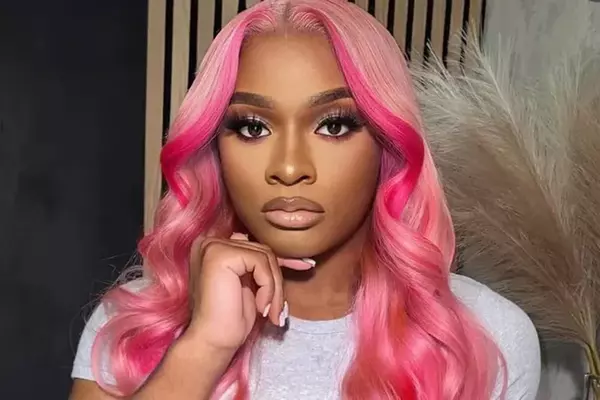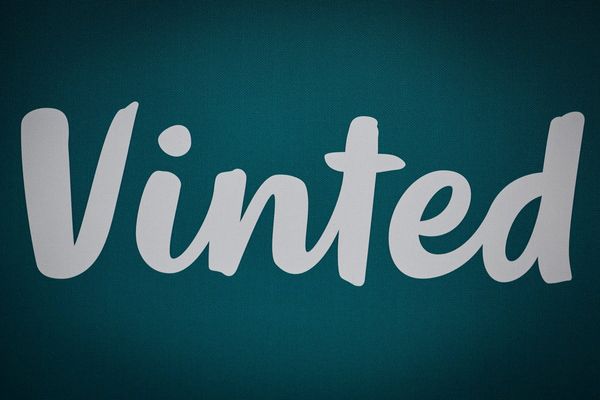
Of the more than 1,200 candidates in the federal election running for the House of Representatives, just 100 (8%) come from backgrounds other than Anglo-Australian, according to lists compiled by the Asian Australian Alliance and the Centre of Multicultural Political Engagement, Literacy and Leadership (Compell). There are a further 38 diverse candidates running for the Senate.
According to a report from the Australian Human Rights Commission, 21% of Australians have a non-European background and 3% an Indigenous background. Over 300 ancestries were identified in the 2016 census.
Less than 40% (458) of House candidates are women, with the majority of both diverse and female candidates running as challengers in safe or fairly safe seats.
The most commonly self-identified occupations of House candidates – aside from existing members of parliament – are managers, retirees and businesspeople. Some unique occupations listed by only a single candidate include a showman, firearms dealer, humanitarian and a carbon farmer.
Although the lists are largely crowdsourced via public statements and may not be comprehensive, as the Australian Electoral Commission does not release extensive data on candidates’ backgrounds, they nevertheless highlight a troubling lack of diversity in the electionwhich “is not representative of multicultural Australia”.
Most diverse candidates are challenging safe seats
Of the 100 House candidates identified as having backgrounds other than Anglo-Australian, just three are incumbents in safe seats: the Coalition’s Ian Goodenough and Labor’s Linda Burney and Peter Khalil. Labor’s Cassandra Fernando is contesting in Wills, where the incumbent Labor MP Anthony Byrne is retiring.
The majority of diverse candidates identified (57%) are challengers in safe or fairly safe seats. There are five diverse candidates in marginal seats currently held by their parties, including Dave Sharma, Marion Scrymgour, Gladys Liu, Anne Aly and Ken Wyatt.
Tharini Apolline Rouwette, the CEO of Compell, says the makeup of parliament and the candidates isn’t reflective of Australian society. “Our parliament is not representative of multicultural Australia, hence why we need diversity in parliament and also to normalise people of colour in leadership roles,” she says.
“There’s about 4% of people of colour in parliament today which is hardly reflective of the Australian population that is increasingly becoming multicultural. The information collected, together with my follow-up surveys/interviews will hopefully be the beginning of a long journey towards collecting information that will inform us as to what we need to do to get more people of colour elected in government.”
More candidates in marginal seats are women
Men make up over 60% of the 1,204 candidates in the AEC list, according to data compiled by Ben Raue at the Tallyroom. There are four non-binary candidates and two whose gender is unknown.
Both major parties have more male than female candidates, but a slightly higher percentage of Labor candidates are women.
Women make up a disproportionate share of candidates in marginal seats – they represent 38% of all candidates, but 41.6% of candidates in marginal seats. Some 263 women (56%) are running as challengers in safe or fairly safe seats.
Occupations
Guardian Australia compiled a list of occupations from the AEC candidate list, identifying around 254 unique occupations – an approximation, since there can be a number of names for the same occupation, and some candidates wrote expansive job titles such as “finance” or “business”.
Aside from member of parliament, lawyers, directors, consultants, managers, retirees and the unemployed are among the biggest occupations for candidates in the major parties. Some candidates who quit their jobs to contest the election are listed as unemployed.
The most common occupations for Coalition members are lawyers and directors (nine each), followed closely by consultants and managers. Union officials and unemployed are the top occupations for Labor candidates.
Students and retirees make up the top occupations for the Greens. Managers and businesspeople top the list for the United Australia Party, and retirees is the most common occupation listed for One Nation.







